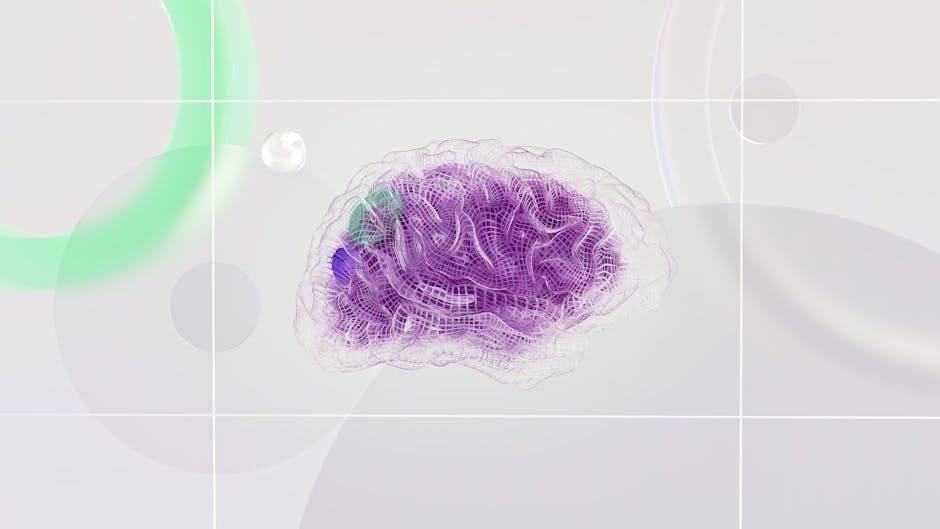
The Evolution of Digital Art: From Pixels to Masterpieces
Digital art has revolutionized the creative landscape, transforming the way artists conceptualize and produce masterpieces. The journey of digital art evolution showcases a fascinating progression driven by technological advancements and innovative techniques.
Early Beginnings of Digital Art
In the early days, digital art was characterized by basic computer graphics and pixel art. Pioneers used primitive software to experiment with visuals, laying the foundation for future innovations. The history of digital art highlights key milestones, including the advent of graphic tablets and the rise of digital painting tools.
Technological Breakthroughs
The development of powerful software like Adobe Photoshop and Corel Painter propelled digital art into mainstream creativity. These tools enabled artists to mimic traditional techniques or develop entirely new styles. For more details, visit our blog on technological breakthroughs in digital art.
Digital Art Today and Future Trends
Today, digital art encompasses virtual reality, augmented reality, and blockchain-based NFTs. These innovations open avenues for interactive and decentralized art experiences. To learn more, see our article on future trends in digital art.
Whether you are an artist or an enthusiast, understanding the importance of digital art helps appreciate its impact on contemporary culture.
Conclusion
The evolution of digital art demonstrates a dynamic fusion of technology and creativity. As new tools and platforms emerge, digital art continues to evolve, inspiring a new generation of artists worldwide.
